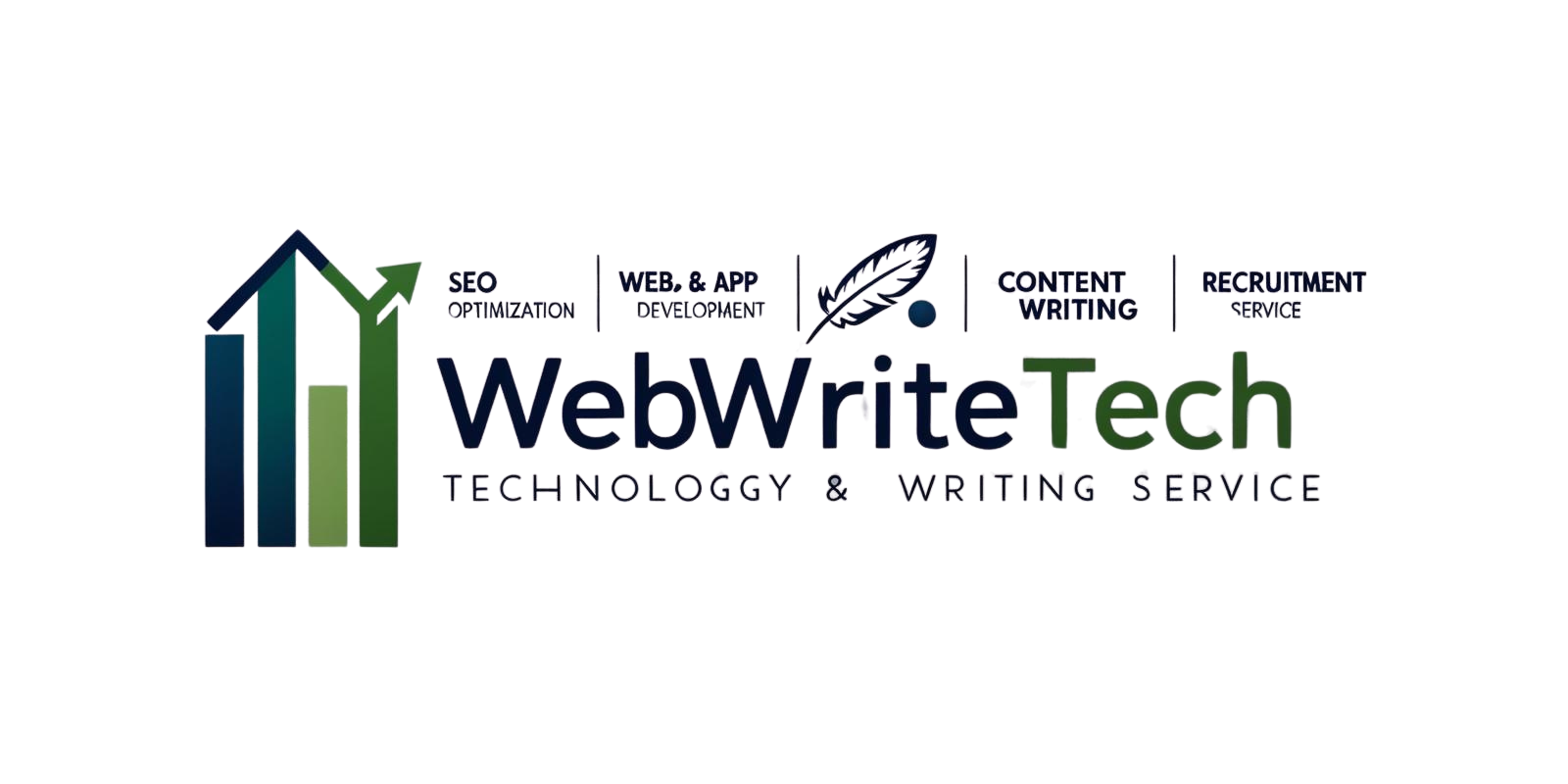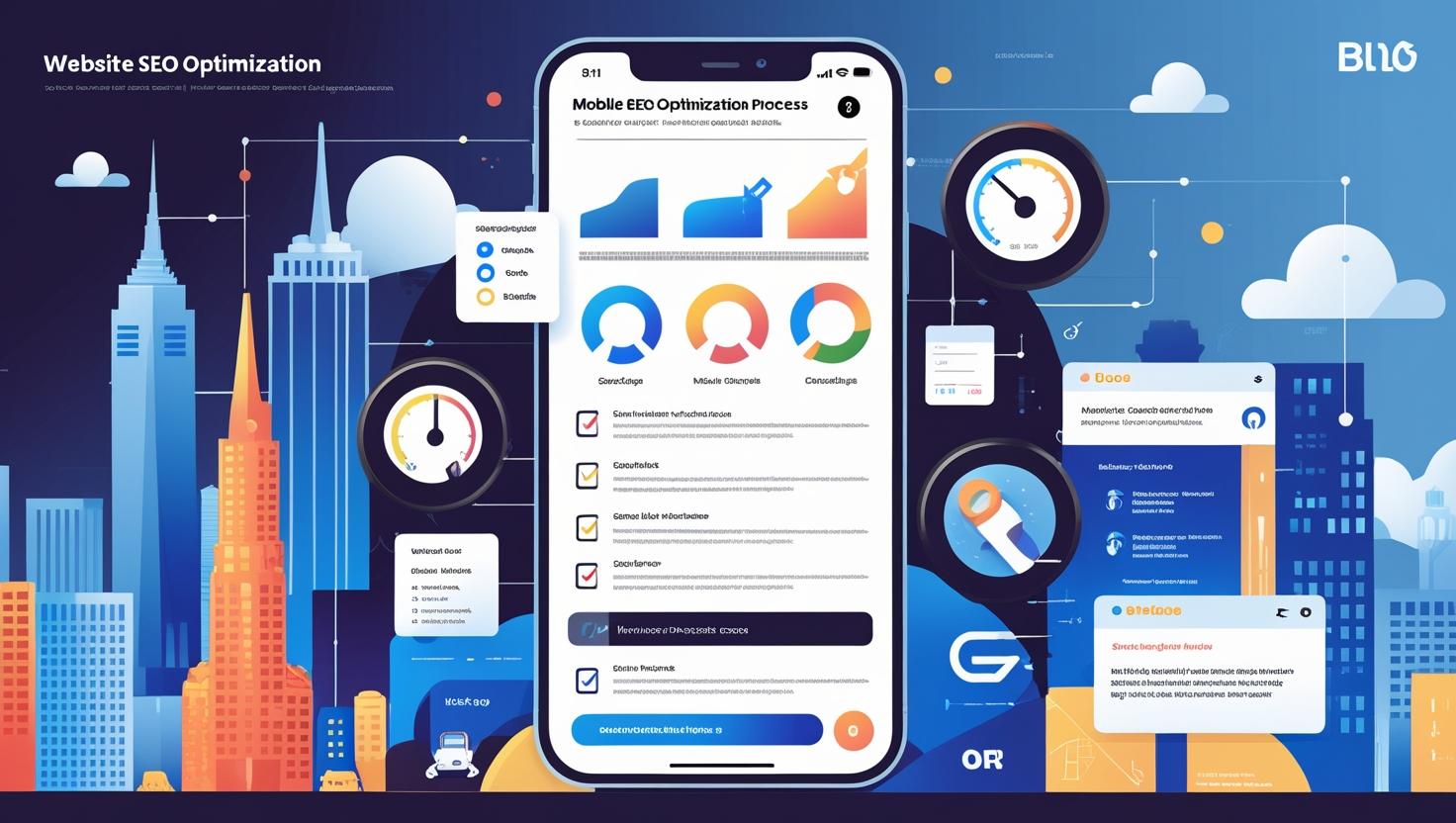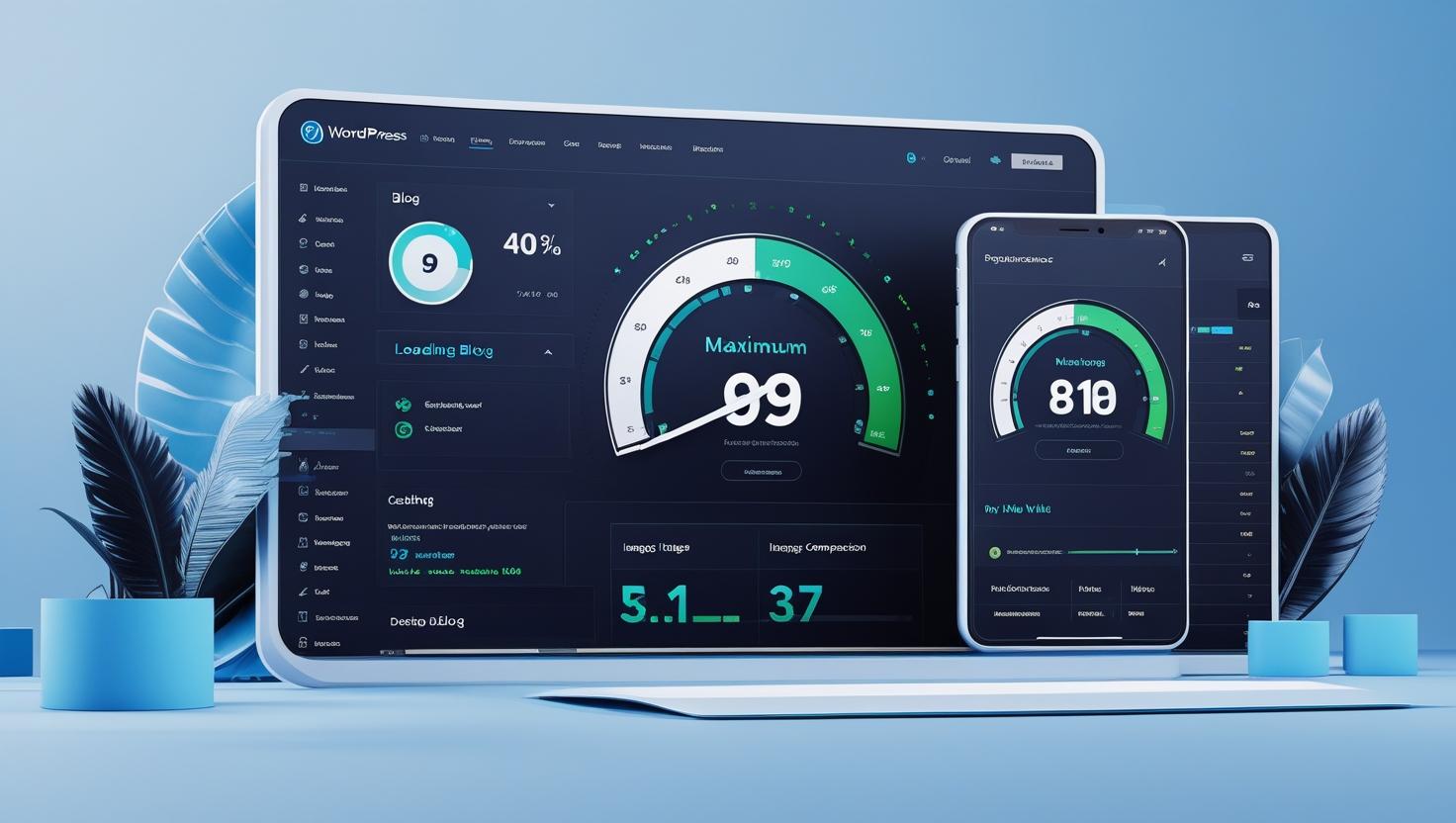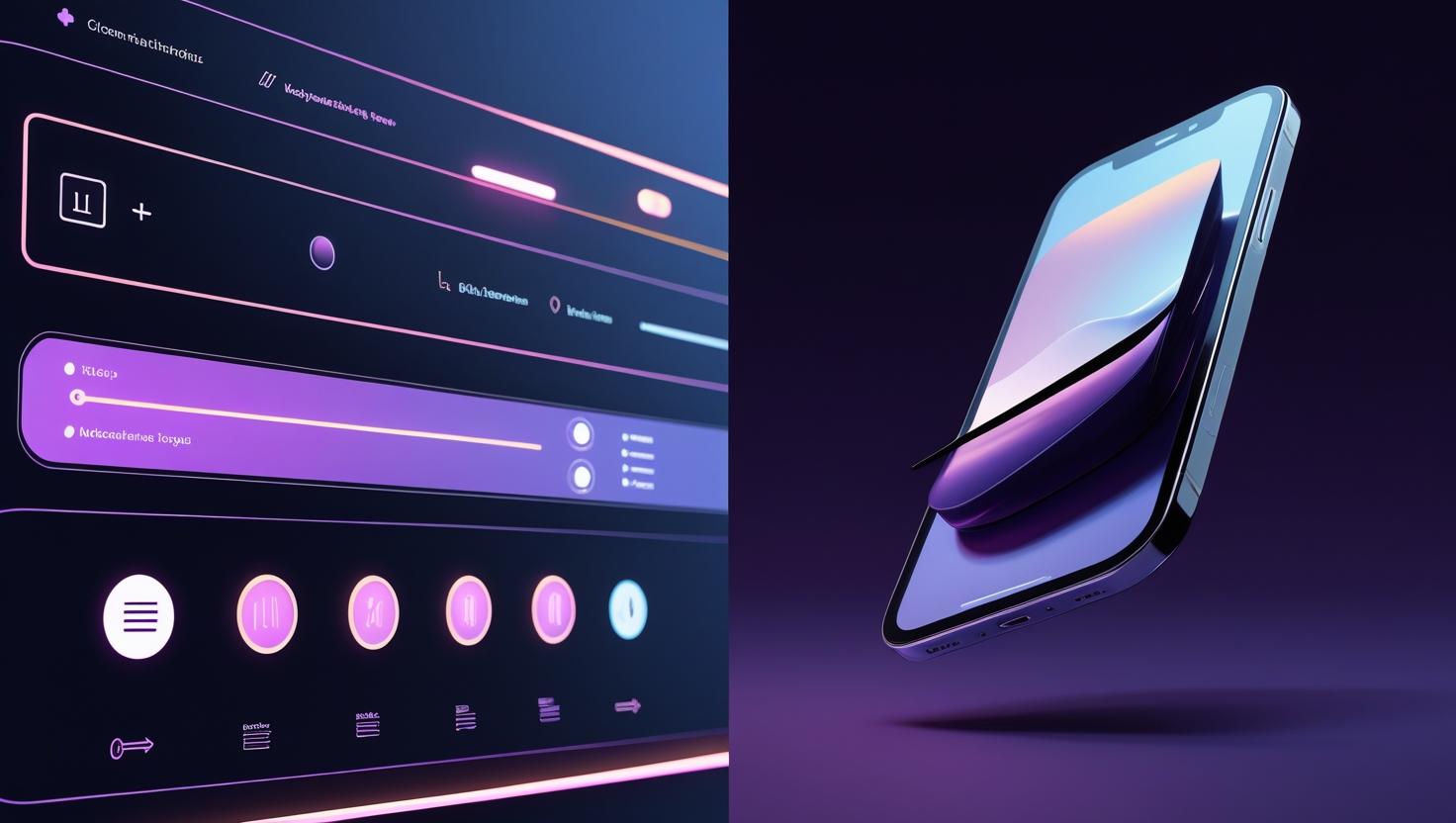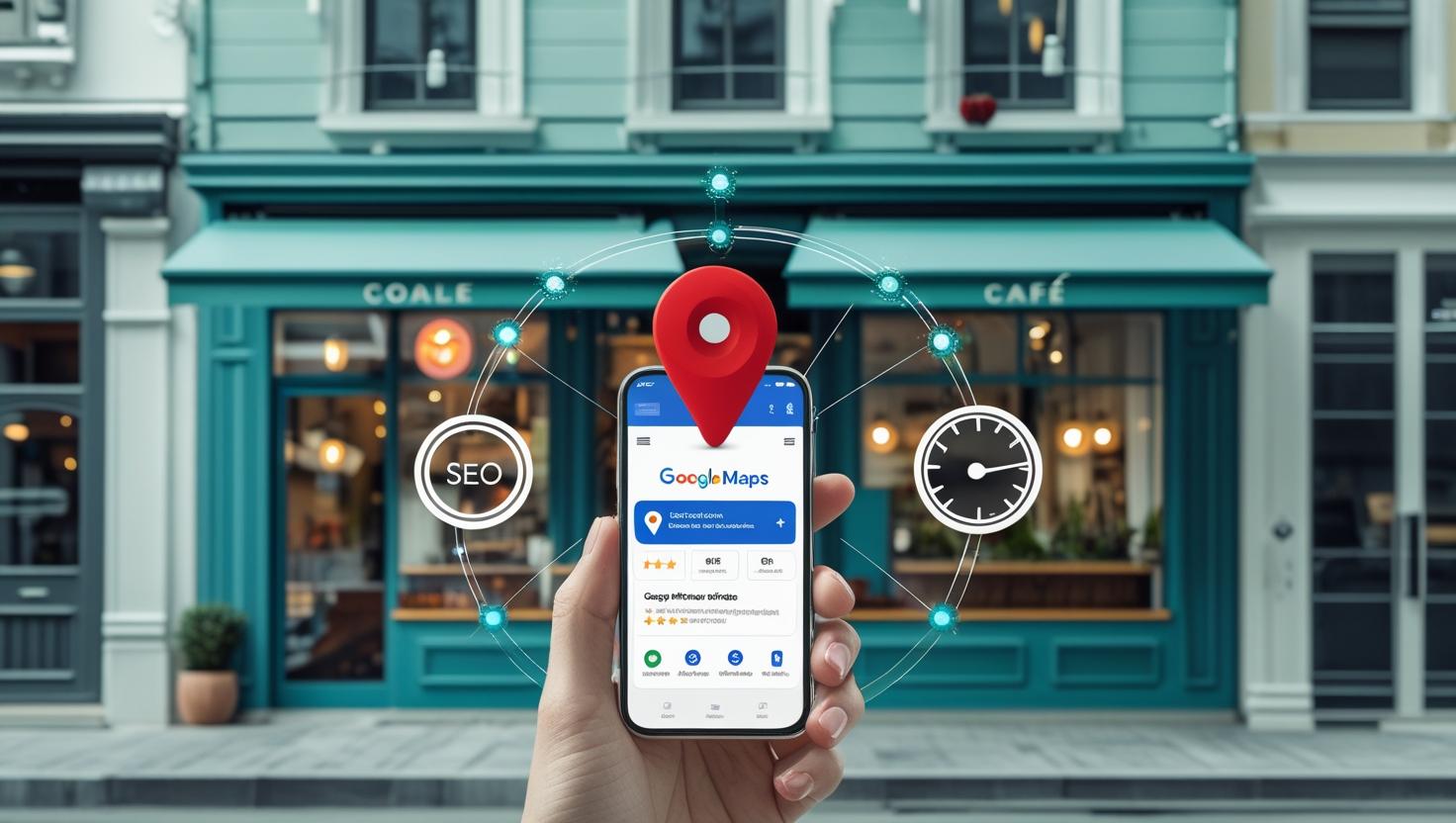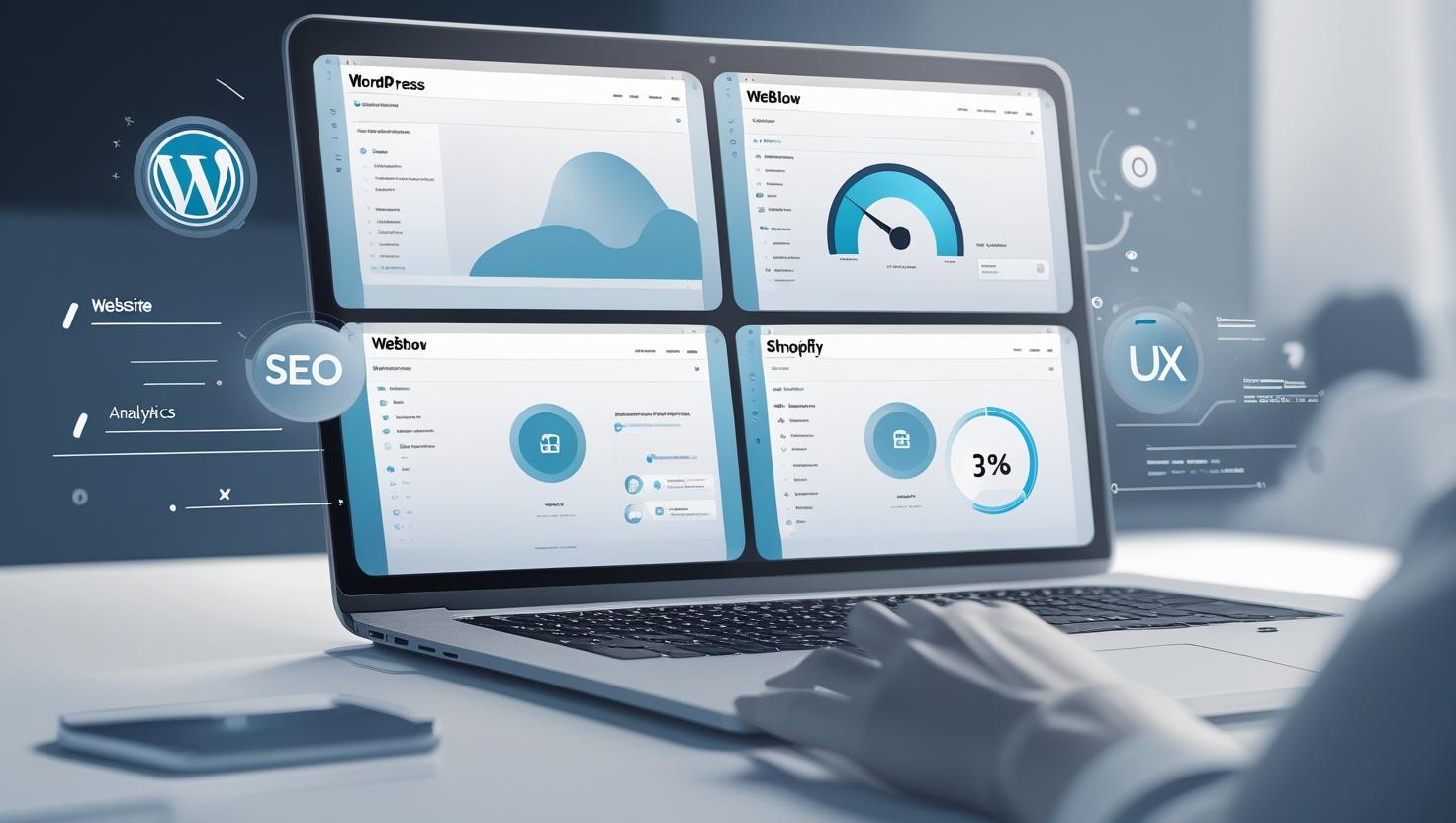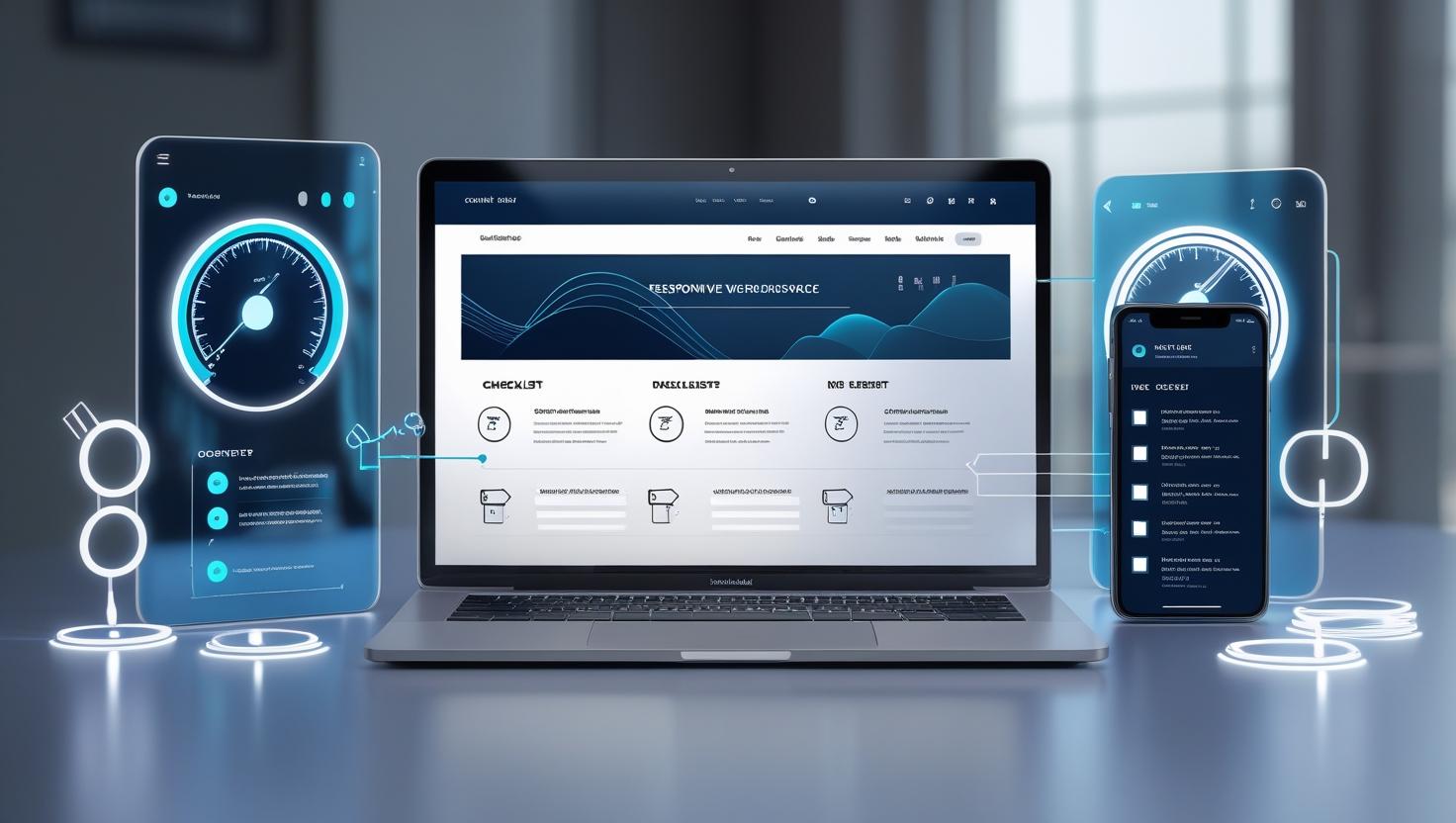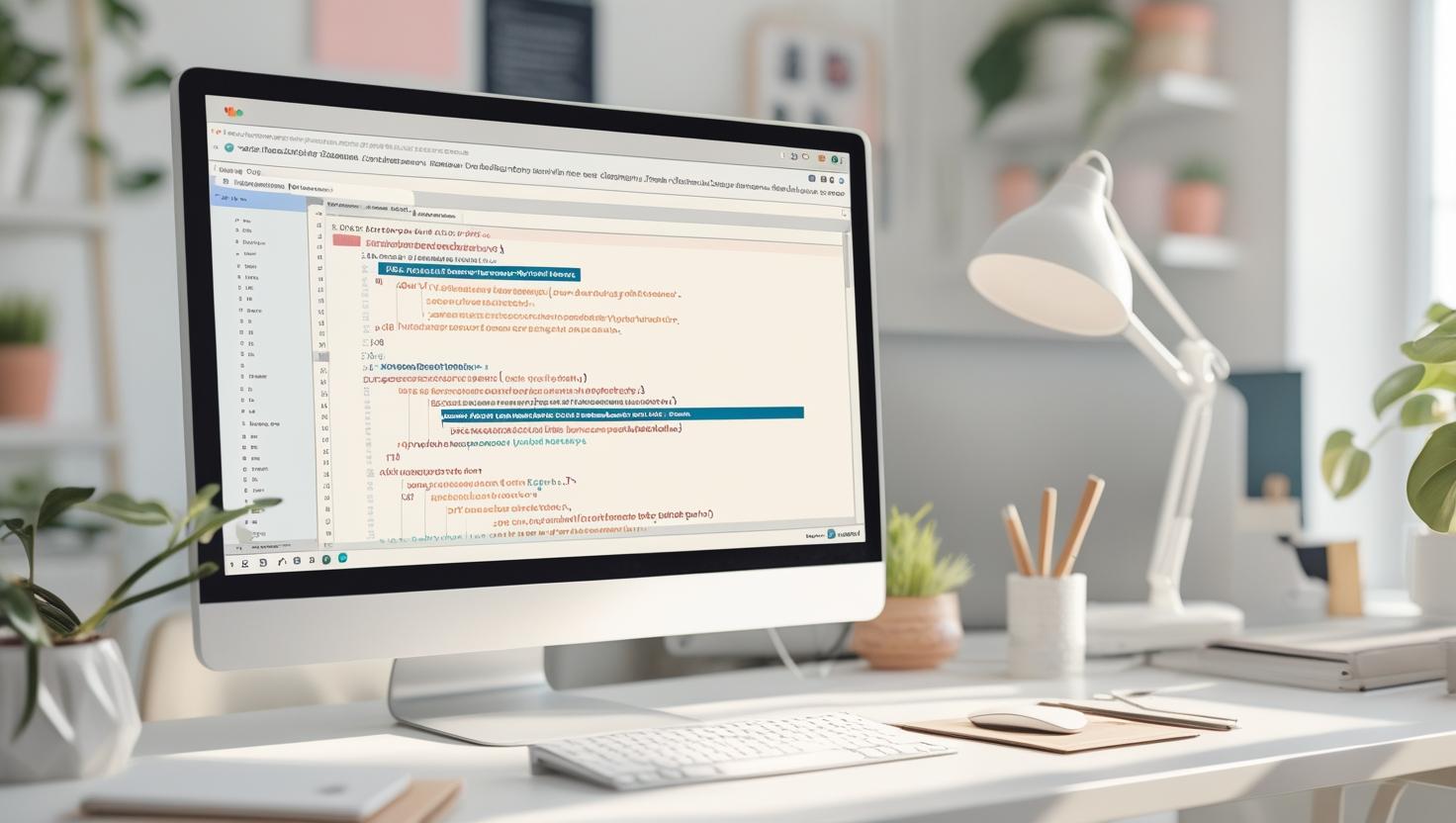
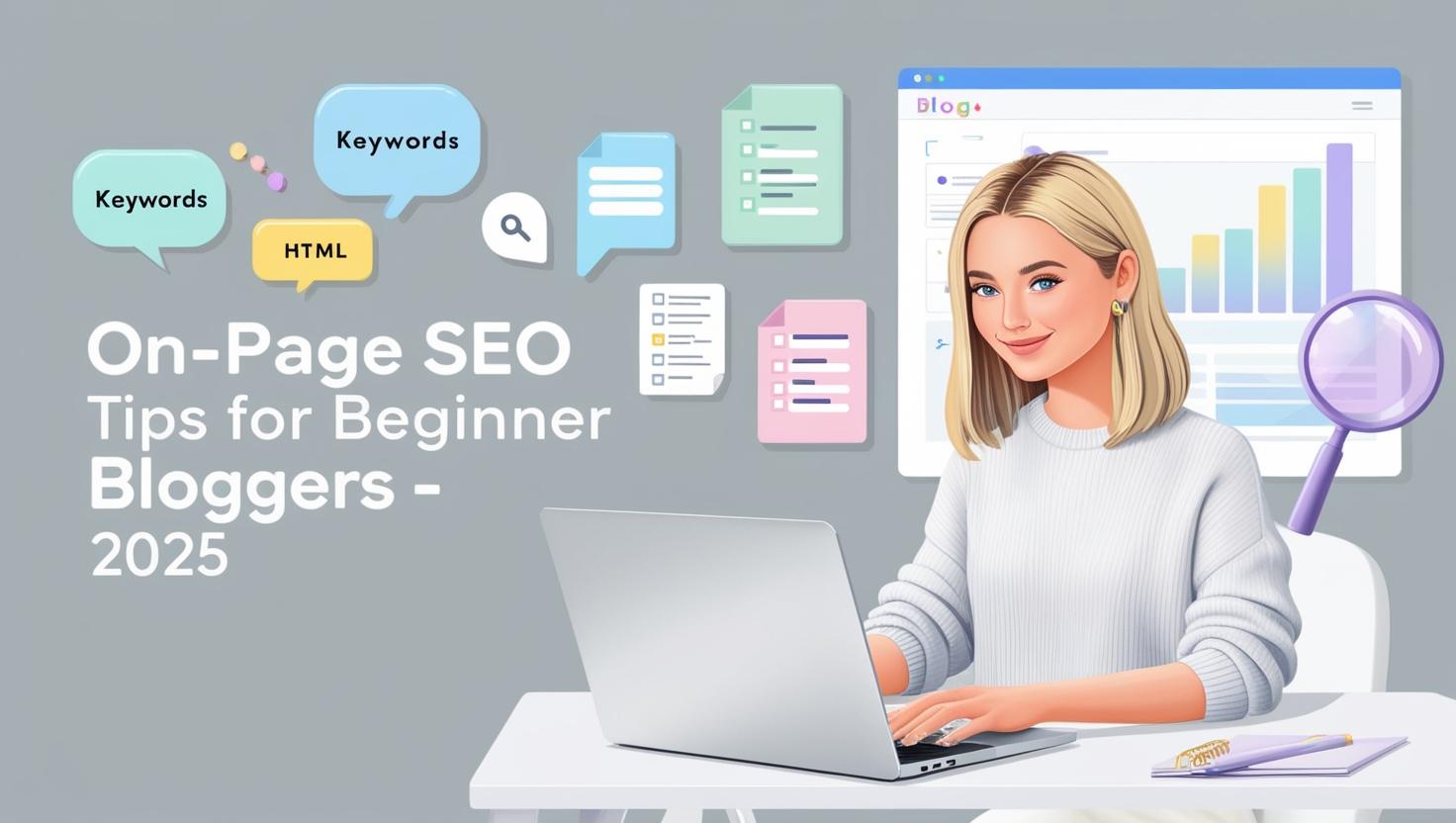
Introduction: Why On-Page SEO Matters More Than Ever
If you’re just starting your blogging journey, you’ve probably heard about SEO. But what exactly does it mean—and why should you care? In 2025, on-page SEO is one of the most powerful tools you can use to boost your blog traffic, increase visibility, and rank higher on Google.
The good news? You don’t need to be a tech wizard to understand or implement it. Whether you’re a beginner blogger or someone looking to sharpen your SEO game, this guide will walk you through practical on-page optimization strategies to get your content found.
What Is On-Page SEO? (Snippet-Friendly Definition)
On-page SEO refers to the practice of optimizing individual web pages—like blog posts—to rank higher in search engines and earn more relevant traffic. It involves using proper keywords, meta tags, formatting, internal linking, and content quality improvements.
Step-by-Step Guide to On-Page SEO for Beginners
Step 1: Start with Keyword Research
- Use free tools like Google Keyword Planner, Ubersuggest, or AnswerThePublic.
- Focus on long-tail keywords like “how to do on-page SEO for blog posts in 2025.”
- Include primary and secondary keywords naturally throughout your post.
Step 2: Craft an SEO-Friendly Blog Title
- Keep it under 60 characters.
- Use a primary keyword close to the beginning.
- Example: “Blog SEO Basics: On-Page Optimization Tips for Beginners”
Step 3: Optimize Your Meta Description
- Make it under 155 characters.
- Use action-driven language with a call to value.
- Include your main keyword.
Step 4: Use Proper Headings (H1–H6)
- Only one H1 per page (usually the blog title).
- Use H2s for main sections, H3s for sub-points, and so on.
- Helps readers and search engines navigate your content easily.
Step 5: Write SEO-Friendly URLs
- Keep URLs short and keyword-rich:
yourdomain.com/blog-seo-basics
Step 6: Use Internal Linking
- Link to other relevant blog posts or service pages.
- Example: Link to your article on how to choose a profitable blogging niche.
Step 7: Add Image Optimization
- Use descriptive alt text with keywords.
- Compress images for faster loading (TinyPNG, ShortPixel).
Step 8: Write for Humans First, Then Optimize
- Google values user intent and readability.
- Break text into short paragraphs.
- Use bullets, lists, and plain language.
Common On-Page SEO Mistakes to Avoid
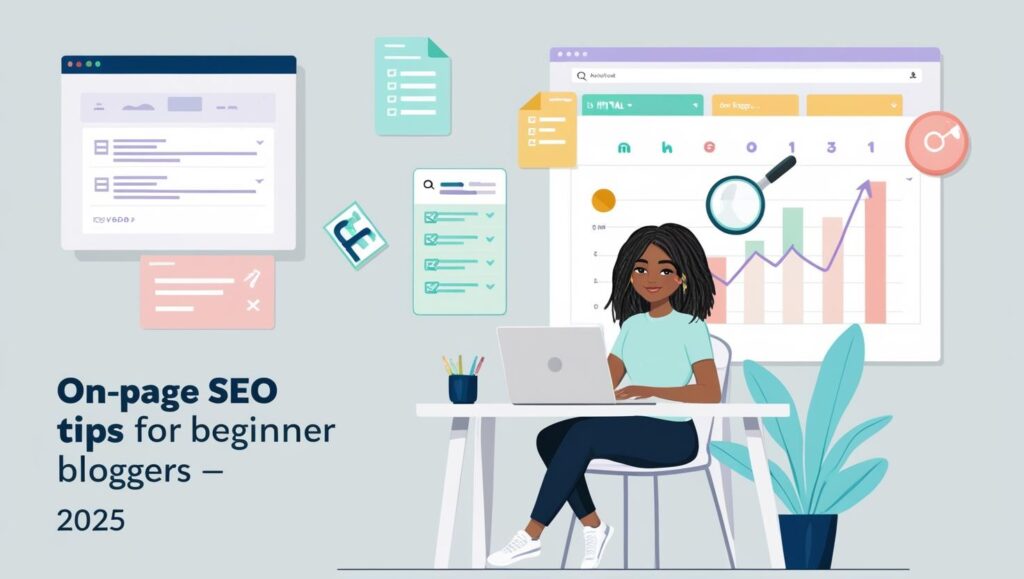
- Keyword Stuffing – Overusing your keywords can hurt rankings.
- Ignoring Mobile Optimization – Use responsive design.
- Skipping Meta Descriptions – Don’t let Google auto-generate it.
- No Internal Linking – Missed opportunity for engagement.
- Weak Headlines – Don’t skip the power of a compelling H1.
- No Alt Text – Makes your blog inaccessible and less searchable.
Best Tools & Resources for On-Page SEO
- Yoast SEO – Best WordPress plugin for beginners.
- Rank Math – Another great SEO plugin for WordPress.
- Ubersuggest – Keyword and site audit tool.
- Google Search Console – Essential for indexing and performance.
- AnswerThePublic – Find real-time search queries.
- Grammarly – Helps improve grammar and readability.
FAQs – Blog SEO Basics for Beginners
1. What is the most important on-page SEO factor?
Your content quality and keyword placement are key. Google values relevance and readability above all.
2. How many keywords should I use in a blog post?
Include the primary keyword in the title, intro, meta, and a few body paragraphs. Use 3–5 secondary keywords naturally.
3. Do I need to install an SEO plugin?
Yes, tools like Yoast SEO or Rank Math are essential for optimizing titles, URLs, and meta descriptions on WordPress.
4. Should I update my old blog posts for SEO?
Absolutely. Refresh outdated content with new keywords, links, and formatting to improve rankings.
5. How long should my blog posts be for SEO?
Posts between 1500–3500 words often perform best, but quality matters more than word count.
6. What is the difference between on-page and off-page SEO?
On-page SEO refers to what you do on your website (keywords, titles, content). Off-page SEO involves external actions like backlinks and social shares.
Conclusion: Start Optimizing Today
If you’re serious about building a successful blog in 2025, mastering on-page SEO is non-negotiable. Start small, focus on the basics, and keep learning. With the right strategy, even new bloggers can drive traffic and monetize effectively.
👉 Need help with your blog’s SEO? Check out our SEO Services or contact us for a free consultation.
Internal Linking Suggestions:
- Link to blog on choosing a profitable blogging niche
- Link to related post on WordPress vs Wix for bloggers
AdSense-Friendly Formatting Tips Applied:
- Short paragraphs
- Bullet points and lists
- Engaging headings
- High readability tone
Ready to rise on Google? Optimize one post today—your traffic will thank you tomorrow.
Meta Title: Blog SEO Basics: On-Page Optimization Tips for Beginners
Meta Description: Discover essential on-page SEO tips for beginners to boost blog traffic, rank on Google, and grow your audience in 2025 and beyond.
Blog SEO Basics: On-Page Optimization Tips for Beginners
Introduction: Why On-Page SEO Matters More Than Ever
If you’re just starting your blogging journey, you’ve probably heard about SEO. But what exactly does it mean—and why should you care? In 2025, on-page SEO is one of the most powerful tools you can use to boost your blog traffic, increase visibility, and rank higher on Google.
The good news? You don’t need to be a tech wizard to understand or implement it. Whether you’re a beginner blogger or someone looking to sharpen your SEO game, this guide will walk you through practical on-page optimization strategies to get your content found.
What Is On-Page SEO? (Snippet-Friendly Definition)
On-page SEO refers to the practice of optimizing individual web pages—like blog posts—to rank higher in search engines and earn more relevant traffic. It involves using proper keywords, meta tags, formatting, internal linking, and content quality improvements.
Step-by-Step Guide to On-Page SEO for Beginners
Step 1: Start with Keyword Research
- Use free tools like Google Keyword Planner, Ubersuggest, or AnswerThePublic.
- Focus on long-tail keywords like “how to do on-page SEO for blog posts in 2025.”
- Include primary and secondary keywords naturally throughout your post.
Step 2: Craft an SEO-Friendly Blog Title
- Keep it under 60 characters.
- Use a primary keyword close to the beginning.
- Example: “Blog SEO Basics: On-Page Optimization Tips for Beginners”
Step 3: Optimize Your Meta Description
- Make it under 155 characters.
- Use action-driven language with a call to value.
- Include your main keyword.
Step 4: Use Proper Headings (H1–H6)
- Only one H1 per page (usually the blog title).
- Use H2s for main sections, H3s for sub-points, and so on.
- Helps readers and search engines navigate your content easily.
Step 5: Write SEO-Friendly URLs
- Keep URLs short and keyword-rich:
yourdomain.com/blog-seo-basics
Step 6: Use Internal Linking
- Link to other relevant blog posts or service pages.
- Example: Link to your article on how to choose a profitable blogging niche.
Step 7: Add Image Optimization
- Use descriptive alt text with keywords.
- Compress images for faster loading (TinyPNG, ShortPixel).
Step 8: Write for Humans First, Then Optimize
- Google values user intent and readability.
- Break text into short paragraphs.
- Use bullets, lists, and plain language.
Common On-Page SEO Mistakes to Avoid
- Keyword Stuffing – Overusing your keywords can hurt rankings.
- Ignoring Mobile Optimization – Use responsive design.
- Skipping Meta Descriptions – Don’t let Google auto-generate it.
- No Internal Linking – Missed opportunity for engagement.
- Weak Headlines – Don’t skip the power of a compelling H1.
- No Alt Text – Makes your blog inaccessible and less searchable.
Best Tools & Resources for On-Page SEO
- Yoast SEO – Best WordPress plugin for beginners.
- Rank Math – Another great SEO plugin for WordPress.
- Ubersuggest – Keyword and site audit tool.
- Google Search Console – Essential for indexing and performance.
- AnswerThePublic – Find real-time search queries.
- Grammarly – Helps improve grammar and readability.
FAQs – Blog SEO Basics for Beginners
1. What is the most important on-page SEO factor?
Your content quality and keyword placement are key. Google values relevance and readability above all.
2. How many keywords should I use in a blog post?
Include the primary keyword in the title, intro, meta, and a few body paragraphs. Use 3–5 secondary keywords naturally.
3. Do I need to install an SEO plugin?
Yes, tools like Yoast SEO or Rank Math are essential for optimizing titles, URLs, and meta descriptions on WordPress.
4. Should I update my old blog posts for SEO?
Absolutely. Refresh outdated content with new keywords, links, and formatting to improve rankings.
5. How long should my blog posts be for SEO?
Posts between 1500–3500 words often perform best, but quality matters more than word count.
6. What is the difference between on-page and off-page SEO?
On-page SEO refers to what you do on your website (keywords, titles, content). Off-page SEO involves external actions like backlinks and social shares.
Conclusion: Start Optimizing Today
If you’re serious about building a successful blog in 2025, mastering on-page SEO is non-negotiable. Start small, focus on the basics, and keep learning. With the right strategy, even new bloggers can drive traffic and monetize effectively.
👉 Need help with your blog’s SEO? Check out our SEO Services or contact us for a free consultation.
Internal Linking Suggestions:
- Link to blog on choosing a profitable blogging niche
- Link to your SEO services page
- Link to related post on WordPress vs Wix for bloggers
AdSense-Friendly Formatting Tips Applied:
- Short paragraphs
- Bullet points and lists
- Engaging headings
- High readability tone
Ready to rise on Google? Optimize one post today—your traffic will thank you tomorrow.
